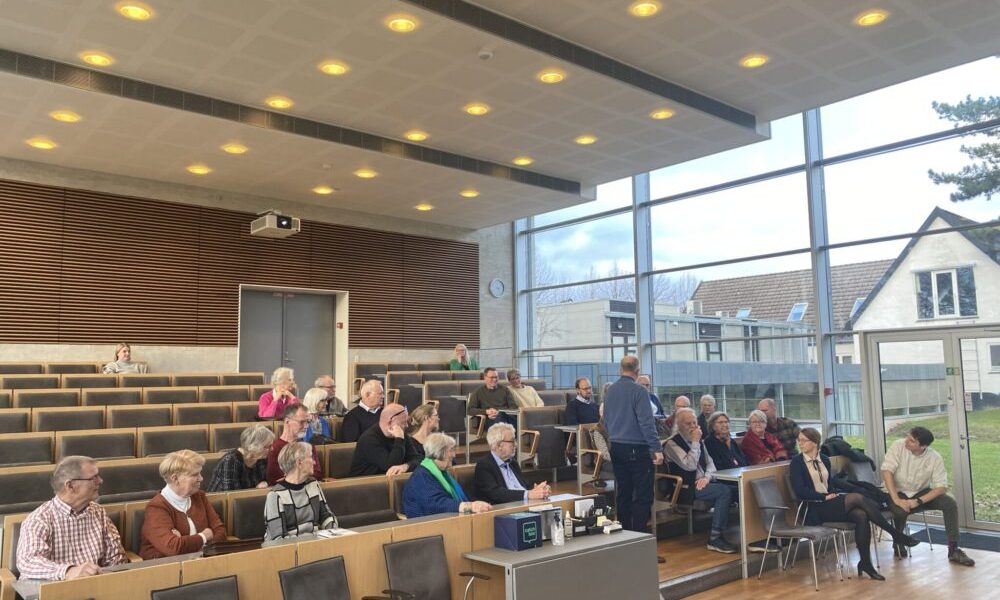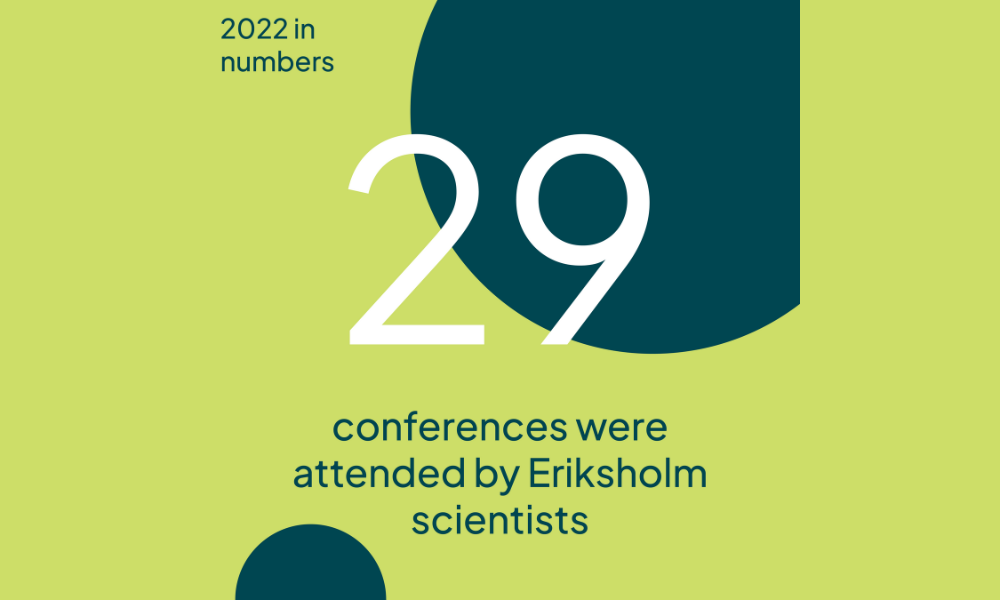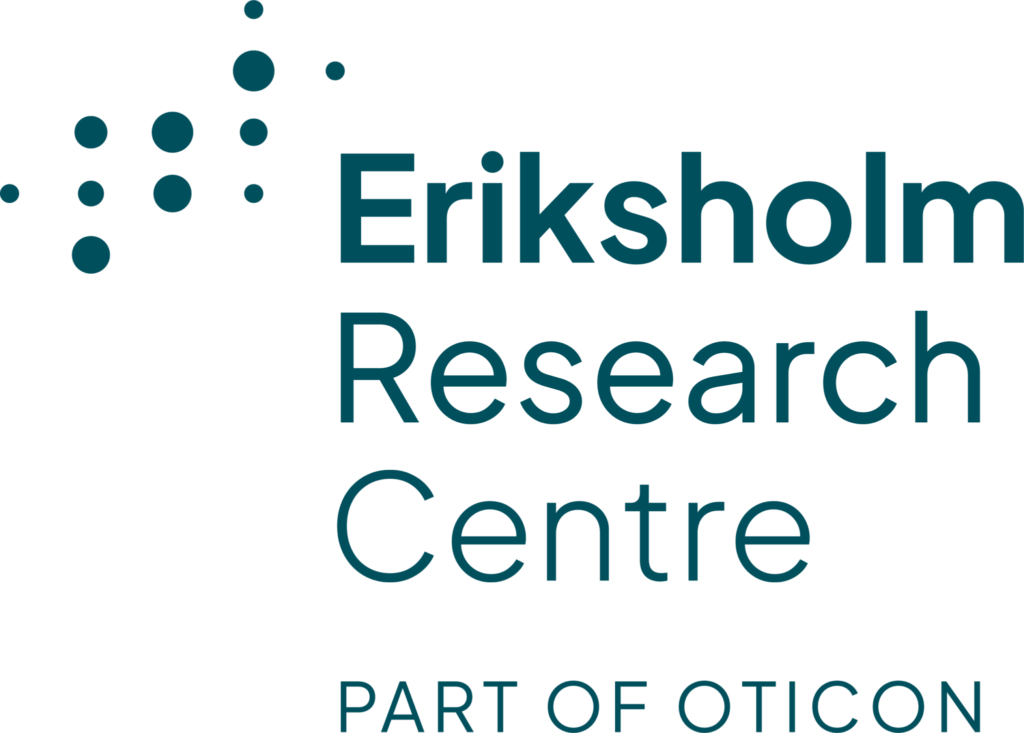About
In the realm of communication, eye gaze behavior is fundamental to how we interact and understand one another. Akul Vaman Pai, a recent graduate from the Technical University of Denmark (DTU) and a student assistant at Eriksholm Research Centre, has made significant contributions to this field through his master’s thesis, “Variability of Observer Gaze in Dyadic Conversation Transitions.” His research, conducted in collaboration with Eriksholm Research Centre, offers fresh insights into the complexities of eye gaze behavior during conversations.
Key Findings from the Thesis
Akul’s thesis explores the variability of observer gaze behavior during dyadic conversation transitions. His findings revealed significant patterns in how individuals adjust their gaze depending on conversational cues. Specifically, the research highlighted that during transitions between speakers, observers’ gaze behavior varied, suggesting a complex interplay between attention, social cues, and communication strategies.
One of the most impactful aspects of Akul’s research was the identification of distinct gaze patterns that occur when conversational roles shift. This variability suggests that gaze behavior is not static but highly adaptive, responding to the immediate context of the conversation. Understanding these patterns can have meaningful implications for improving communication strategies, particularly for those with hearing impairments or other communication challenges.
Innovative Methodologies
Another standout aspect of the thesis is the innovative methodologies employed. The study utilized two different types of pre-recorded audiovisual stimuli: the Diapix material and the Open-ended conversation material from the DAST corpus. Each type of stimuli induced its own unique eye gaze patterns. Notably, this was the first time that audiovisual stimuli from the DAST corpus were used in eye gaze behavioral studies. This approach provided a comprehensive understanding of how gaze patterns vary across different conversational contexts, offering valuable insights for future research. As Akul puts it:
“The use of different pre-recorded stimuli allowed us to capture a more nuanced view of gaze behavior. It’s exciting to think about how a predictive machine learning model based on eye gaze behavior can then be fitted into hearing aid devices.”
Looking Ahead
Akul Pai’s research on eye gaze behavior, supported by Eriksholm Research Centre, represents an important advancement in understanding the nuances of human communication. His findings not only enrich our knowledge of gaze behavior but also open new avenues for improving communication strategies. While there is still much to explore, Akul’s work provides a solid foundation for future research. He adds:
“I hope my research can contribute to the development of new tools that improve communication for everyone, especially those with hearing impairments.”
Read more
Key collaborators from Eriksholm who supported Akul Pai included Senior Scientist Martha Shiell, Senior Research Manager Sergi Rotger Griful, Principal Scientist Lars Bramsløw and Senior Scientist Lorenz Fiedler. Click the links to read more about the scientists and their projects.








